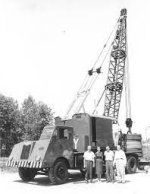LarryFine
Master Electrician Electric Contractor Richmond VA
- Location
- Henrico County, VA
- Occupation
- Electrical Contractor
It's not just inductance. There's also normal IR losses concentrated with reduced surface area.dont the 2 wires in the extension cord cancel each other out . thinking of a transformer winding being one conductor


